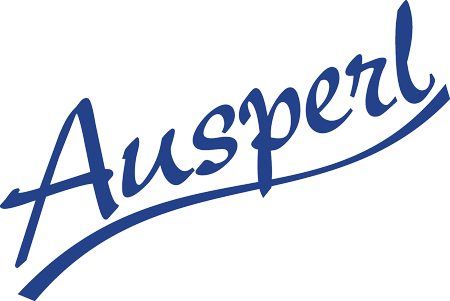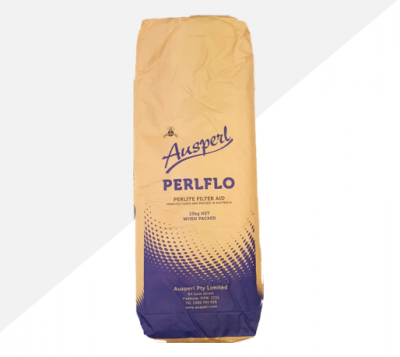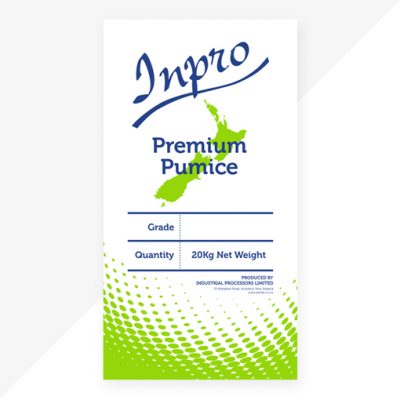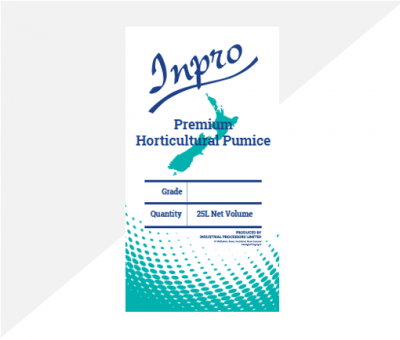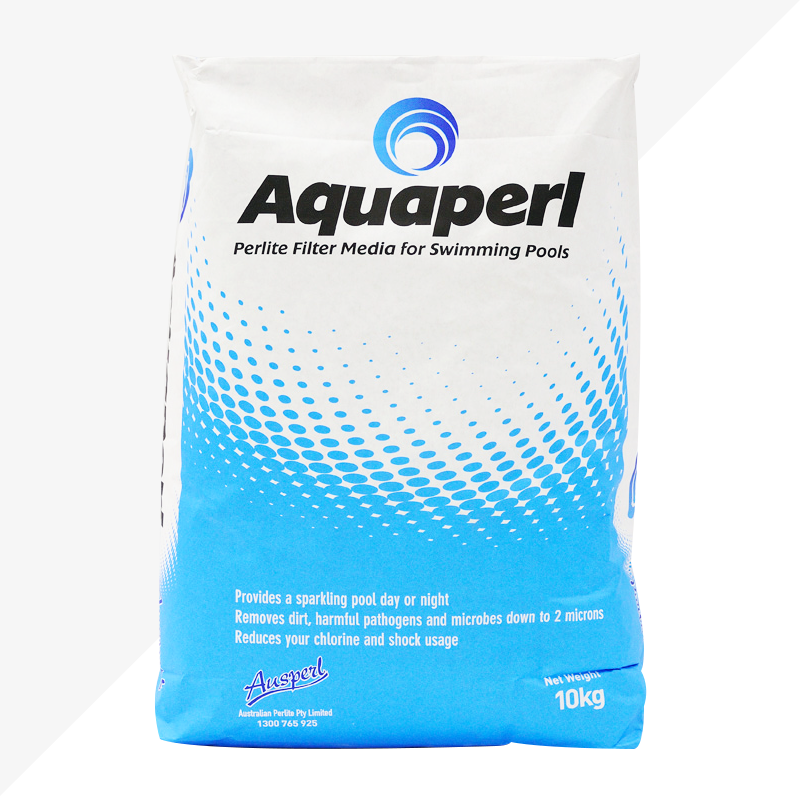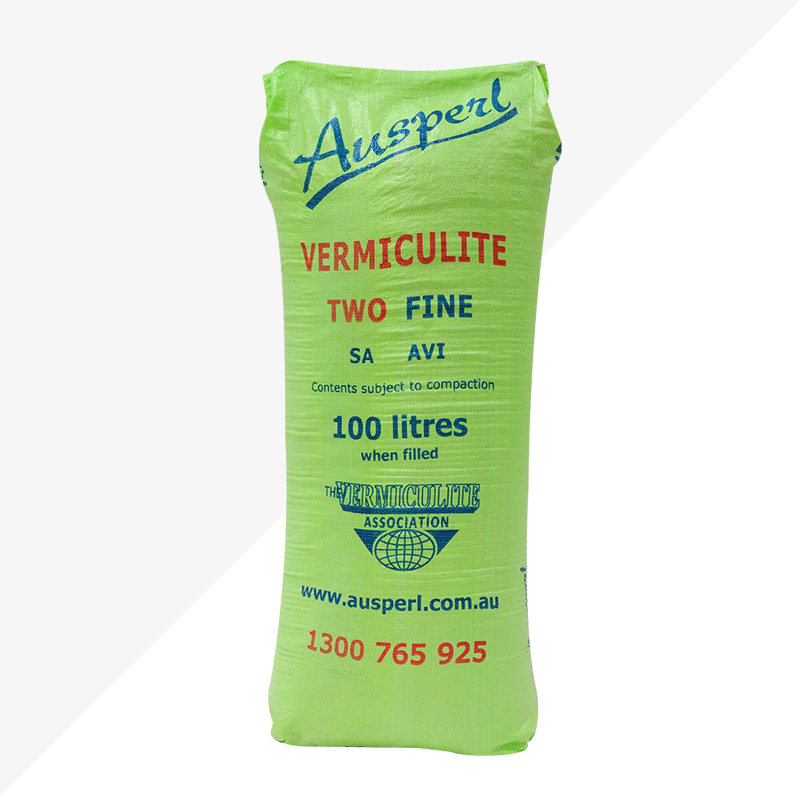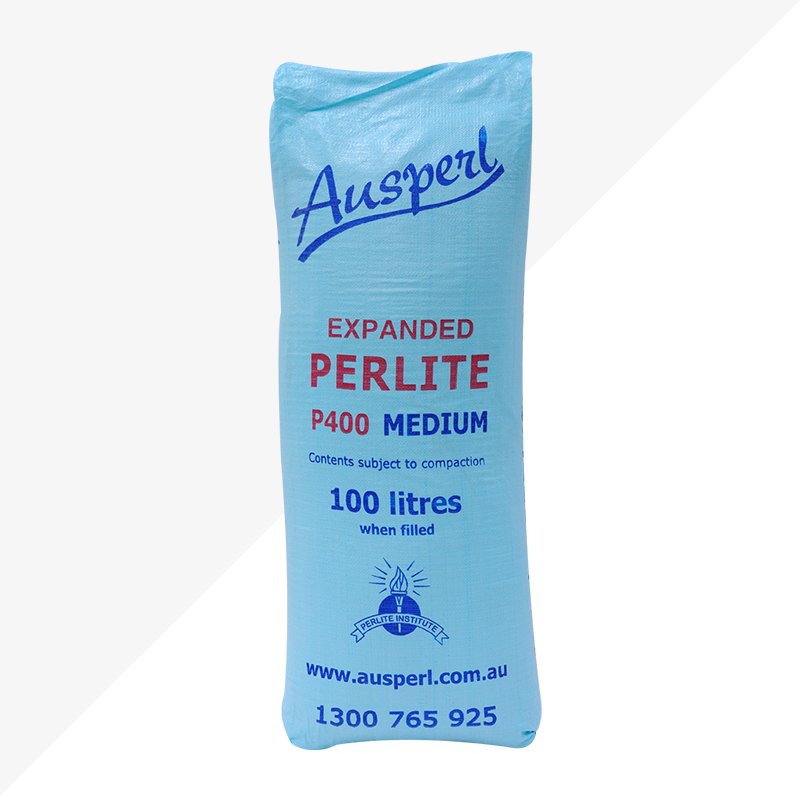MSDS Vermiculite – Download Printable Version 
MATERIAL SAFETY DATA SHEET – VERMICULITE
Issued: 16 April 2014
| IDENTIFICATION | ||||
| Product Name: Other Names: Product Use: |
AUSPERL VERMICULITE Grade One, Grade, Two, Grade Three, Grade FourFiller, fire protection agent. |
|||
| PHYSICAL DATA | ||||
| Appearance: Melting Point: Boiling Point: Vapor Pressure: Specific Gravity: Flash Point: Flamm. Limit LEL: Explosion Data: |
Brown granules. Approx. 1350c Not applicable Not applicable 50-120kg/m3 Not applicable Not applicable Not applicable |
|||
| OTHER PROPERTIES | ||||
| Description: | Vermiculite is the mineralogical name given to hydrated laminar mangesium-aluminum-iron silicates which resemble mica in appearance. When subjected to heat, crude vermiculite has the unusual property of exfoliating or expanded into worm-like particles Vermiculite is considered a nuisance dust (also called “Particulates Not Otherwise Classified (PNOC) by ACGIH). | |||
| Form: | Granular | |||
| Ingredients: | Name VermiculiteCrystalline silica (Quartz): Crystalline Silica (Cristobalite): |
CAS Proportion 1318-00-9; greater than 99.9% 14808-60-7; less than 0.1% 14464-46-1; less than 0.1% |
||
| HEALTH HAZARD INFO | ||||
| Acute – Ingestion: Acute – Eye: Acute – Skin: Acute – Inhalation: |
No adverse effects expected. Exposure to the dust may cause discomfort due to the particulate nature. Not expected to be a skin irritant. Inhalation of dust may result in respiratory irritation. |
|||
| FIRST AID | ||||
| Ingestion: | Rinse mouth with water – give plenty of water to drink. If vomiting occurs give further water. Seek medical advice. | |||
| Eye: | Irrigate with copious quantities of water for 15 minutes. In all cases of eye contamination it is a sensible precaution to seek medical advice. | |||
| Skin: | Wash contaminated skin with plenty of soap and water. If irritation occurs seek medical advice. Remove victim from exposure – avoid becoming a casualty. | |||
| Inhalation: | Remove contaminated clothing and loosen remaining clothing. Patient to assume most comfortable position and keep at rest until fully recovered. | |||
| Advice to Doctor: | Treat symptomatically. | |||
| PRECAUTIONS FOR USE | ||||
| Exposure Limits:
TWA Footnote: |
Name | STEL mg/m3 ppm |
TWA mg/m3 ppm May contain Crystalline silica: 0.1 |
|
| Other Exposure Info: | No value assigned for this specific material by the Occupational Health & Safety, however, Exposure Standard(s) for particulates:
Silica Crystalline – Quartz: 8hr TWA = 0.2 mg/m3 Silicia Crystalline – Cristobalite: 8hr TWA = 0.1 mg/m3 As published by the National Occupational Health and Safety Commission. TWA – the time weighted average airborne concentration over an eight-hour working day, for a five-day working week over an entire working life. These Exposure Standards are guides to be used in the control of occupational health hazards. All atmospheric contamination should be kept to as low a level as is workable. These exposure standards should not be used as fine dividing lines between safe and dangerous concentrations of chemicals. They are not a measure of relative toxicity. |
|||
| Engineering Controls: | Ensure ventilation is adequate to maintain air concentrations below exposure Standard. Avoid generating and inhaling dust. Keep containers closed when not in use. | |||
| Protective Equipment: | No specific safety equipment required. Preferable to avoid skin and eye contact and inhalation of dust. Wear overalls, safety glasses and impervious gloves. Avoid generating and inhaling dust. If dust exists, wear dust mask/respirator meeting the requirements of AS1715 and AS1716. Always wash hands before eating, drinking or using the toilet. | |||
| Fire Hazards: | Vermiculite is a fully oxidized non-flammable mineral. It is non-combustible | |||
| REACTIVITY | ||||
| Stability: Incompatibility: Hazardous Polymerization: Conditions to avoid: |
Stable None (reacts with hydrofluoric acid; soluble in HF) Will not occur. None |
|||
| SAFE HANDLING INFO | ||||
| Storage Precautions: | Not defined as a Dangerous Good. Store in a dry place. | |||
| Spills and Leaks: Spills: | Use respirators suitable for nuisance dust & eye protection. Sweep up, but avoid generating dust. | |||
| Disposal: | Dispose in bulk or containerised according to local regulations. Normally approved for disposal at approved land waste sites. | |||
| OTHER INFORMATION | Toxicology: Inhaling crystalline silica-containing dust can aggravate upper respiratory conditions such as asthma or emphysema. Long term exposure to mineral dust which contains crystalline silica can cause the lung disease silicosis. A recent review by the International Agency for Research into Cancer of public literature on the carcinogenic risk of silica and silicates has concluded that there is limited evidence for the carcinogenicity of crystalline silica to humans’. | |||
| CONTACT POINT | In the case of an emergency contact Australian Perlite Pty Ltd 18 McPherson St Banksmeadow 2019 or the Production Manager on (02) 9316 0051 or for additional information on this or other products contact by fax on (02) 9316 0050. | |||
P:\AUSPERL_MANAGEMENT SYSTEM ISO9001 – 05 Register\Matl Spec – Rev 03 16 April 2014
